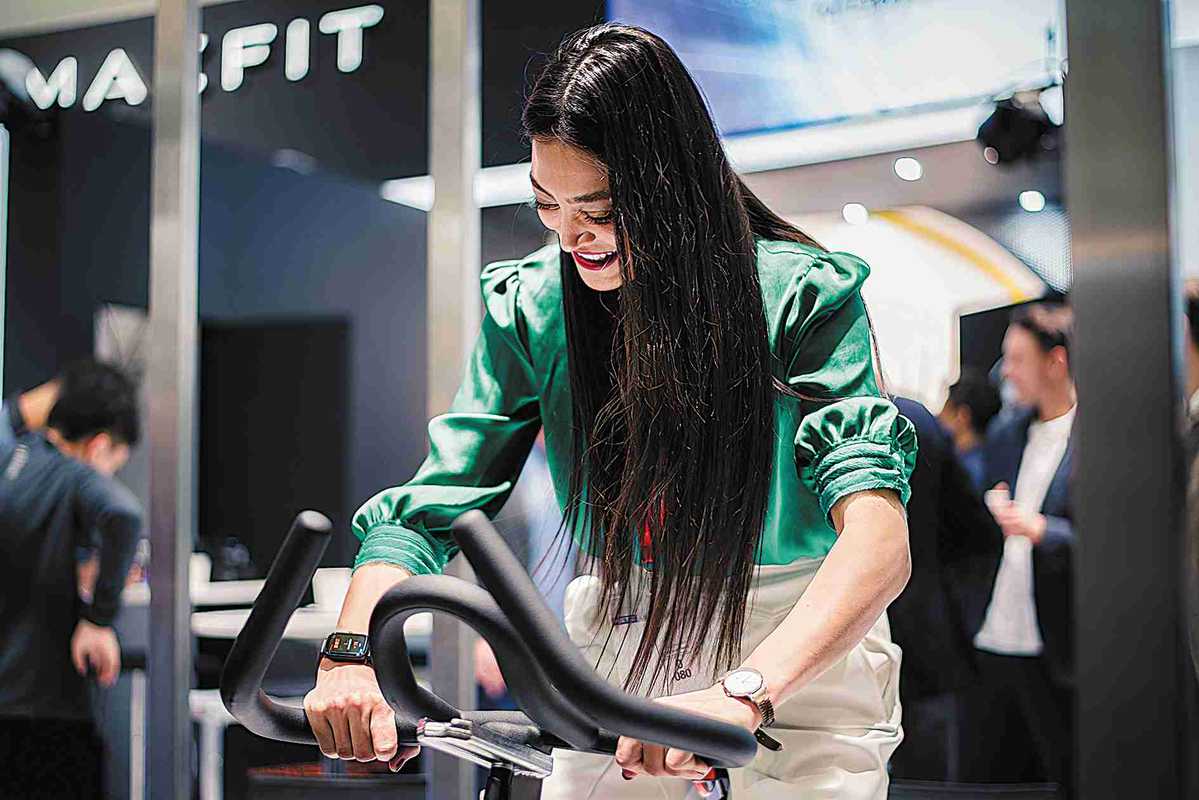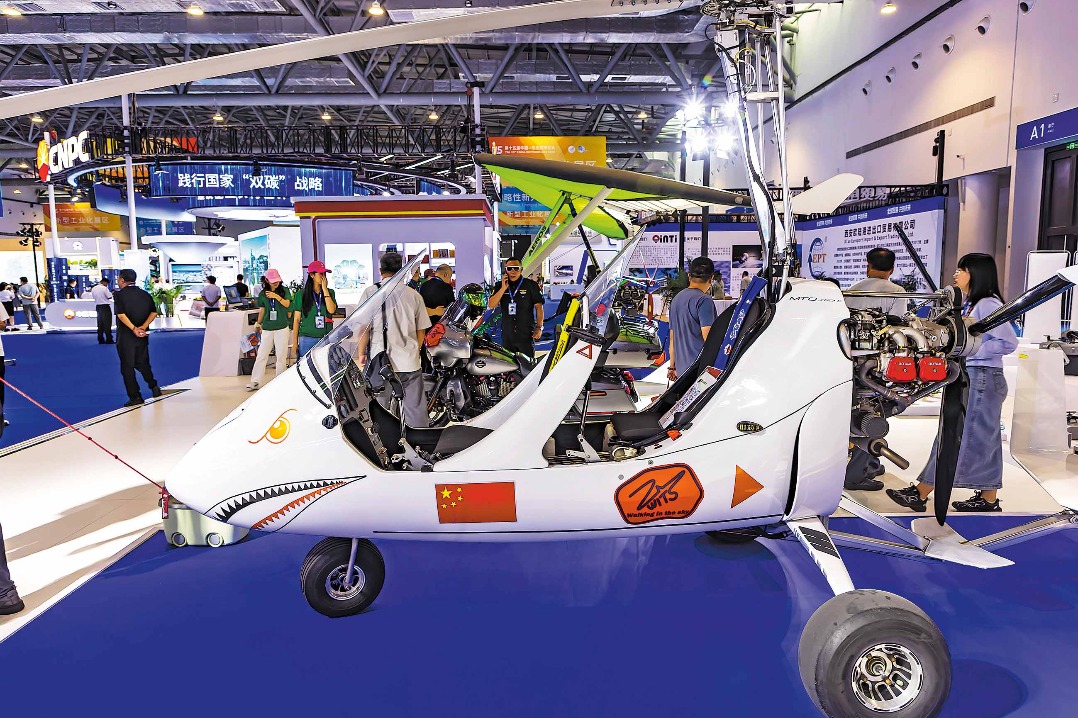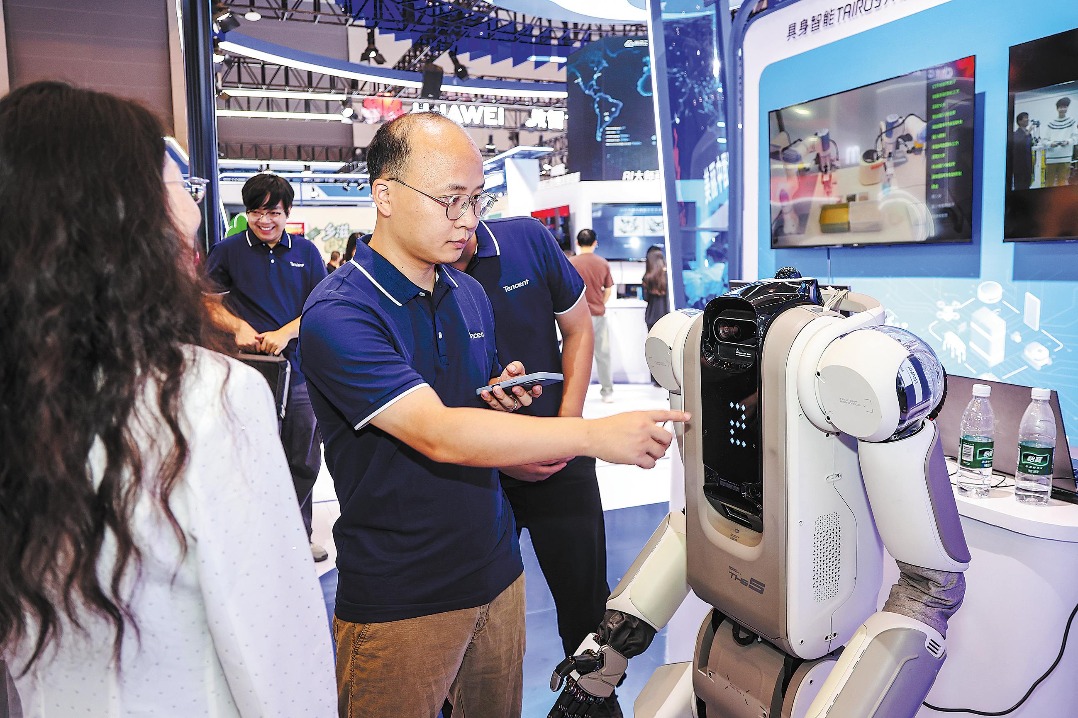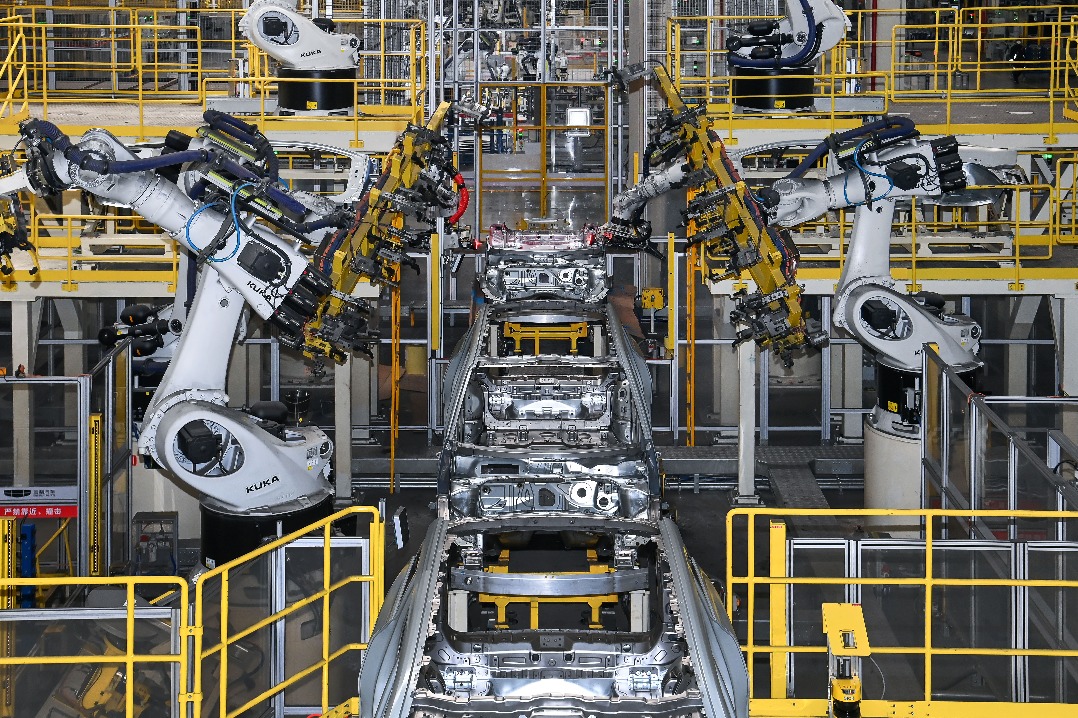Prospects healthy for smart wearables maker


Chinese smart wearable devices pioneer Zepp Health Corp is ratcheting up its research and development in artificial intelligence and semiconductors as it eyes big leaps in smartwatch technologies.
Huang Wang, founder and CEO of the United States-listed company, which changed its English name from Huami Corp to Zepp Health Corp in 2021, said the company aims to be a data-driven, cloud-based company that can offer healthcare insights through the growing worldwide popularity of its smartwatches.
"Despite the challenges posed by the global macroeconomic environment, the shipment volume of our Amazfit and Zepp-branded products grew in the fourth quarter, increasing 14.3 percent year-on-year thanks to their expanding worldwide appeal," Huang said.
For 2021, the company's self-branded product shipments increased 60 percent year-over-year. "This growth reflects our increasing global appeal. Our strong international expansion momentum continued, for example, in North America, where our shipments grew over 200 percent in 2021," Huang added.
Zepp Health's adult smartwatch shipments ranked among the top 3 in markets such as Brazil, Turkey, Italy, Indonesia, Spain and Russia in the fourth quarter of 2021, according to market research company International Data Corp. It was the world's fifth-largest smartwatch maker last year, with 6.82 million units shipped, which marked year-on-year growth of 53.8 percent.
Such strong performance laid out the foundation for Zepp Health to continue investing in R&D. The company has been working hard to beef up its chip technologies since it unveiled the first-generation chip it developed nearly four years ago.
The company's Huangshan 2s artificial intelligence chip, unveiled in July, offers substantial performance increases from its predecessor, reducing operating power consumption by 56 percent and dormant power consumption by 93 percent, as well as improving graphics performance by 67 percent.
Last year, based on five years of technical research and employing the company's proprietary Huangshan AI chip and biosensor array, Zepp Health also introduced Pump-Beats, a noninvasive and sleeveless blood pressure measurement system on its Amazfit smartwatches. PumpBeats' algorithm can measure blood pressure through Amazfit smartwatches' sensors.
Clinical testing of hypertensive patients at the First Hospital of Peking University, a prominent Chinese hospital, found small deviations in PumpBeats' blood pressure measurements, making them similar to measurements taken using professional medical equipment, the company said. Measuring blood pressure takes only 30 seconds, it said.
This is just part of Zepp Health's broader push to connect health and technology. The company said it has a vision for a broader health and wellness system that engages consumers and the traditional healthcare system. In 2020, it set up an AI research institute, which includes three joint laboratories with medical institutions and experts.
"As the collaboration among medical institutions, R&D institutions and enterprises intensifies, we are excited to leverage our expertise in smart wearable technology to promote applied research and transformational achievements in respiratory health," Huang said.
The company also teamed up with the Chinese Athletics Association to build a lab that focuses on the use of wearables for sports training and other activities.
Smartwatch vendors are attempting to make a big generational leap in technologies, according to Jason Low, research manager at market research company Canalys. To stand out, they are improving fundamentals, such as user experience and battery life, and leveraging their respective ecosystems to draw out new functionalities and uses.
"But health tracking is the most prominent use for smartwatches. The ability to deliver cutting-edge health tracking features and to offer users meaningful data and actionable health insights will set winners and losers apart," Low said.
"It is vital that vendors invest in next-generation health sensors and develop in-house algorithms and solutions to not only track vital biomarkers, but also ensure good accuracy and reliability. Vendors should focus on giving users insights into health trends involving data collected over a longer period of time, so that they can understand how their lifestyles are affecting their well-being," Low added.
In 2020, Zepp Health said it also recognized that its expertise in AI, chip, sensor and algorithm engineering could be leveraged for new, disruptive medical imaging technologies coming to the market. The company said it has created partnerships and made significant financial investments in several new, pioneering medical imaging companies, including Promaxo Inc and Hyperfine Inc.
Their new, miniaturized and portable MRI, X-ray and ultrasound systems are expected to disrupt the location, application and costs of medical imaging, which should have a significant impact on improved care and lower costs globally, Zepp Health said.
The company also said it anticipates that the medical imaging data generated from low-cost, advanced portable diagnostic imaging, combined with continuous health data from smart wearables, will advance the ability to detect potential health problems at earlier stages.
The company also developed Zepp OS, which it said is not only a smartwatch operating system but also the core of an open health management platform.
Zepp OS supports internet cloud service applications for music, voice commands and fitness, such as NetEase Music, Spotify, Alexa, Joyrun or Strava, and it is expected to become a platform that will allow thousands of developers to participate and create a global open health ecosystem for smart wearable users, the company said.
"We envision Zepp OS to be an OS comprised of thousands of developers with tens of thousands of mini smartwatch applications that form an ecosystem to help our users to better manage their health and enjoy better lives," Huang said.




































